Demonstratives: Timelines
Guide to Developing Trial Timelines
Timelines are an essential part of litigation because they organize all relevant events of a case into a clear and logical order, facilitating comprehension for a Judge or jury. Before you start plotting dates on a PowerPoint slide, consider the following:
What is the focus of my timeline? The first thing you want to think about when creating a timeline is: “what am I trying to convey?” Consider what things you want to emphasize in your timeline. For example, are you highlighting that a substantial amount of time passed between two events, are you emphasizing a succession of events in a short amount of time, are you contrasting the actions and inactions of two different entities…? These considerations will have an impact on how you layout the events, how you effectively use the space of your slide and how you want to emphasize your data points.
How can I effectively use space to foster better understanding? There are a number of timeline formats to pick from, but the most often used in litigation are the calendar style or horizontal which track events from left to right. In the horizontal format, the dates can be on top, in the middle or on the bottom. What layout you decide on will depend on the focus of your timeline and/or your aesthetic preference. Regardless of which format you use, use the correct scale so that each year, month and day are consistently spaced. Example timeline layouts:
Request a Timelines Consultation ->
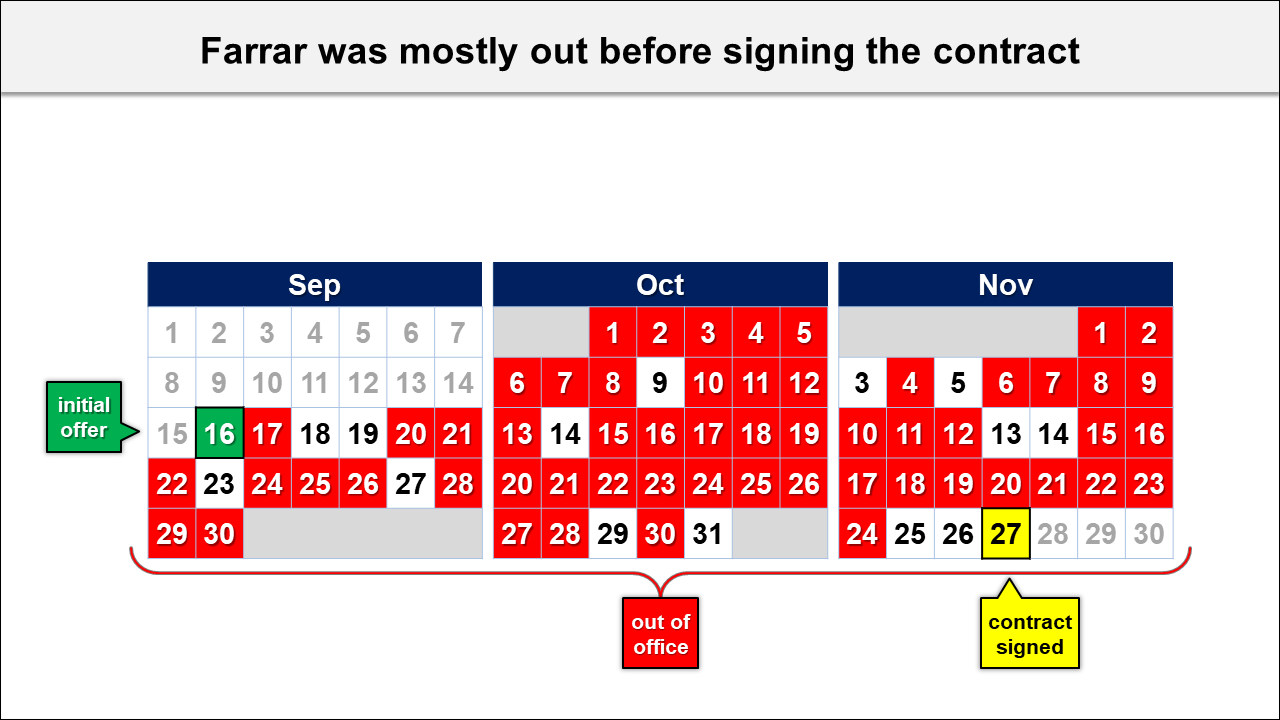
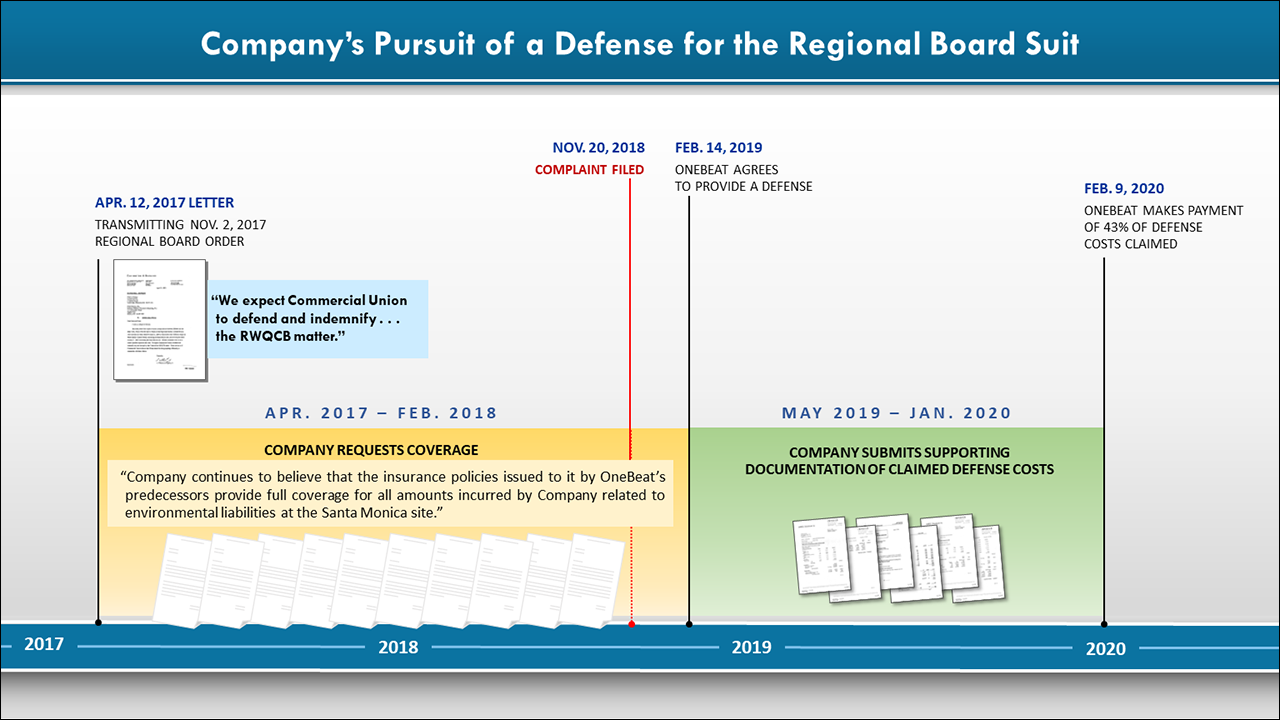

Is My Timeline Easy to Read?
Shorten the time entries as much as possible so they are easy to read and even easier to remember by your audience. Only use the events or data that is critical to your case, so that your timeline is not unnecessarily busy or crowded. You’ll have time to drill down other related events through other demonstrative evidence. If not, consider creating more than one timeline.
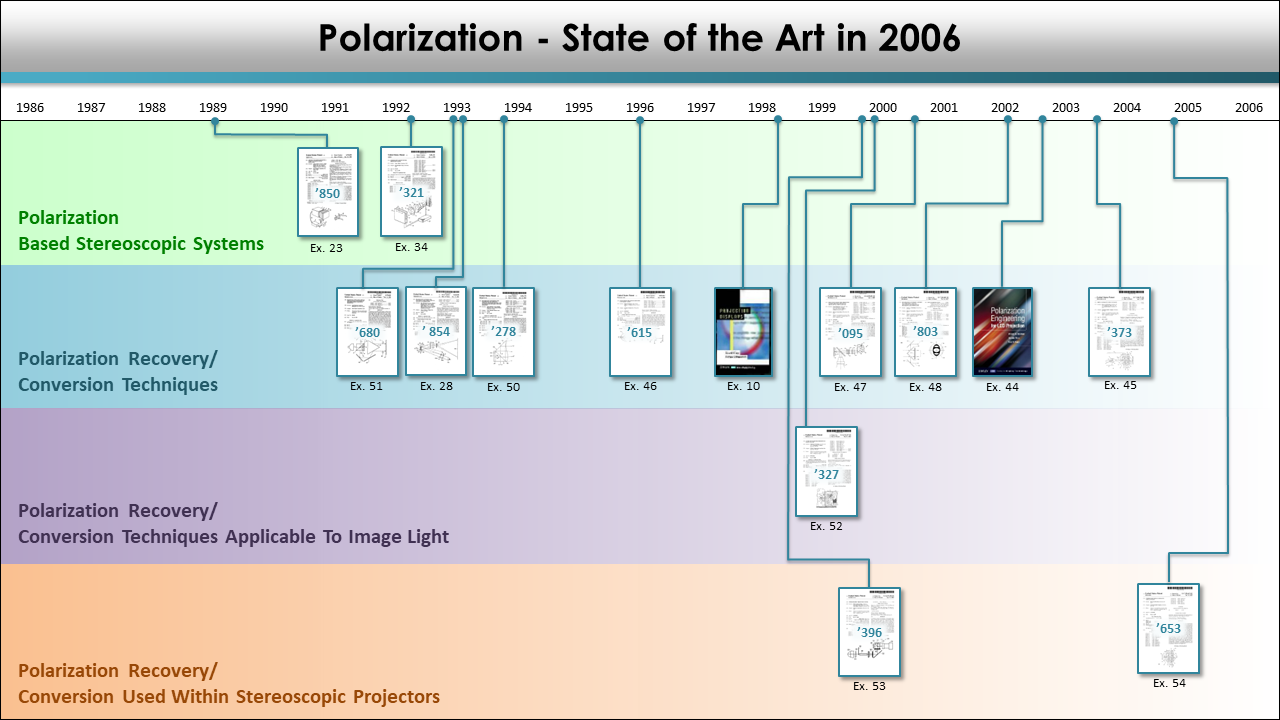




How can I use color, icons and/or illustrations to foster better understanding?
Color and icons can reinforce messaging and have been proven to be effective in focus groups and mock trials. Use color to group ideas or common events or to differentiate one entity from the other. Using company logos, when applicable, can also reinforce messaging.
There are free icon libraries that provide endless possibilities, but use them in moderation so your timeline doesn’t become too busy or confusing. In some instances, using illustrations may also draw your jury’s attention to a theme or idea on your timeline.

Example timelines with color, illustrations, and other graphic components:

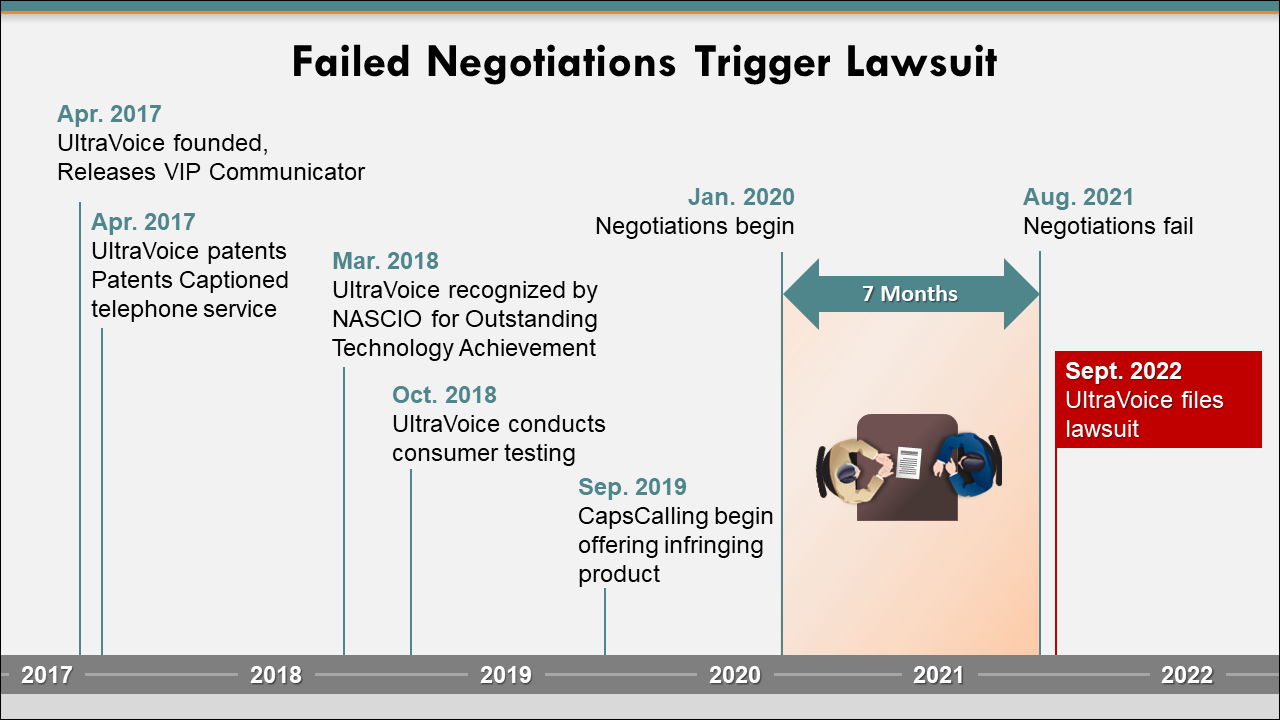
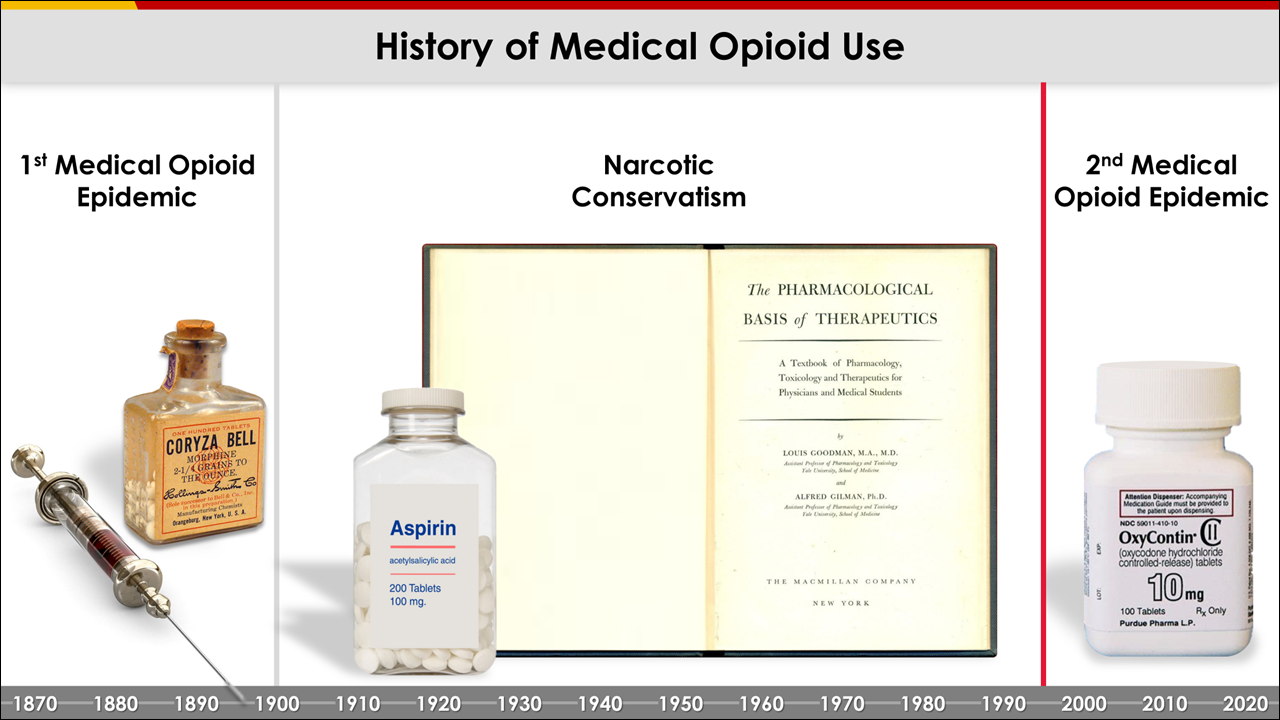

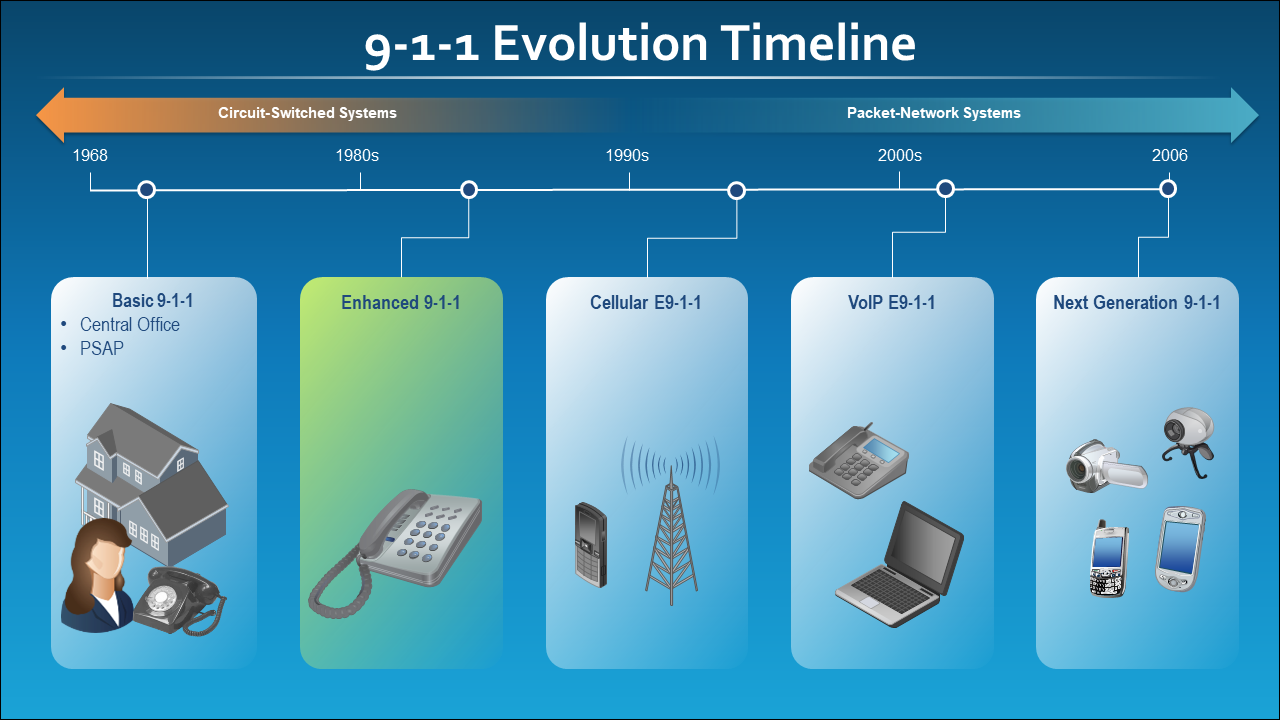
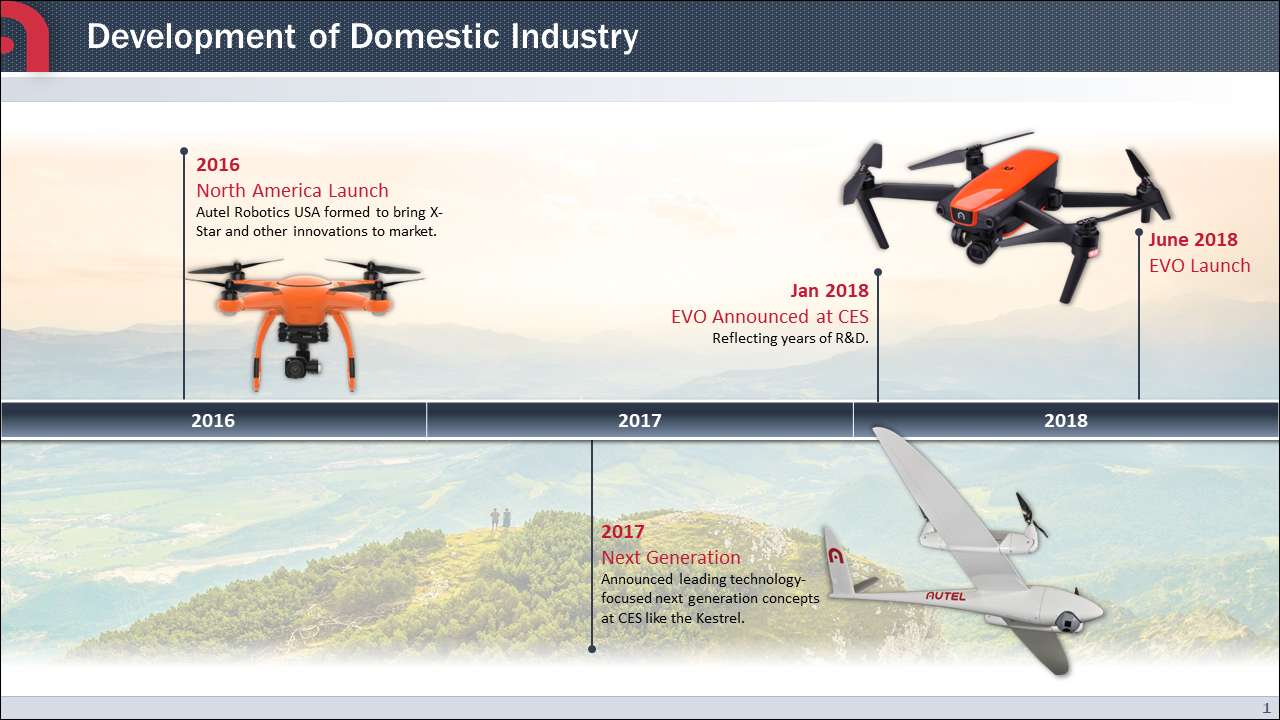

Should I Have a Title?
Yes! Titles are a huge opportunity to reinforce thematic, even on timelines. Titles should pose a question, make a statement, or reinforce a theme. Your titles should be worded in a way that tell the jury what your slide means, or what you want them to think about.


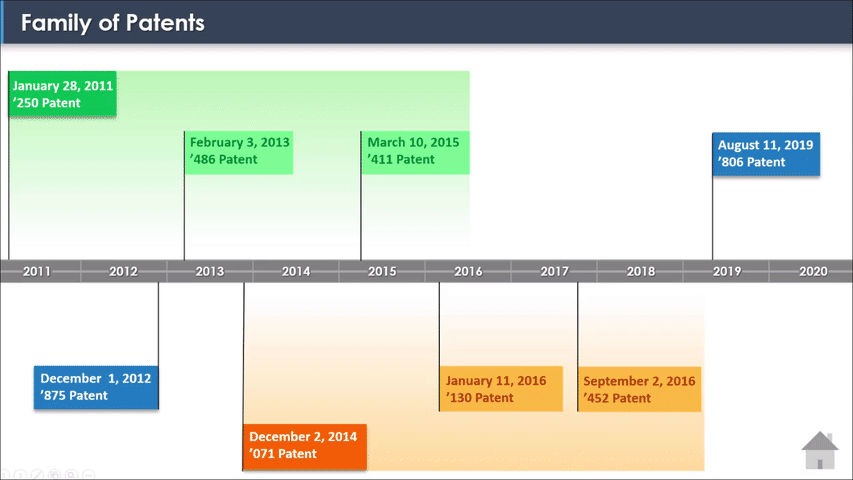
Interactive Timelines:
An Interactive (or hyperlinked) timeline is a timeline that has electronic links embedded in the boxes that allow you to jump to a section of your PowerPoint and within a document or set of documents. The advantage of interactive timelines is that the presenter can tell their story in whatever order they want. Not all stories can or should be told in chronological order, and this format allows for more flexibility on how a presenter will tell it.
Interactive timelines are perfect for specific hearings, where you may have to answer questions from a Judge or a panel of Judges and may need to jump around from one thing to another.
